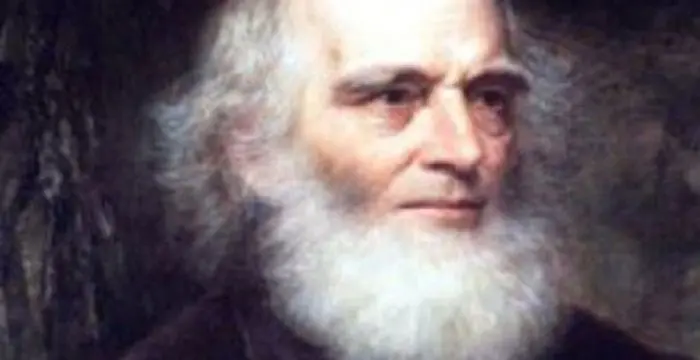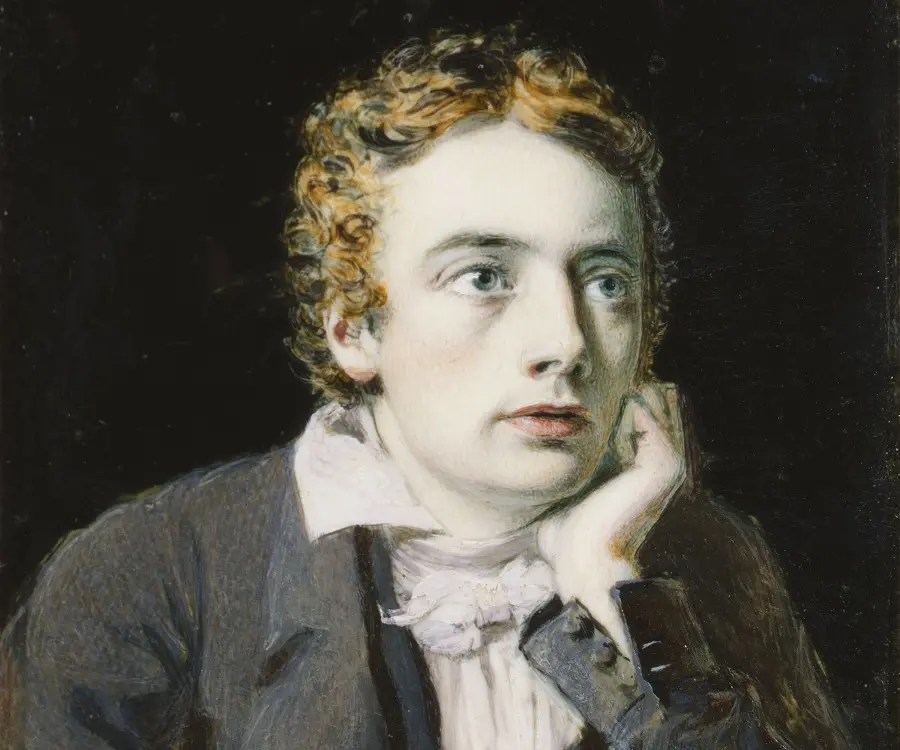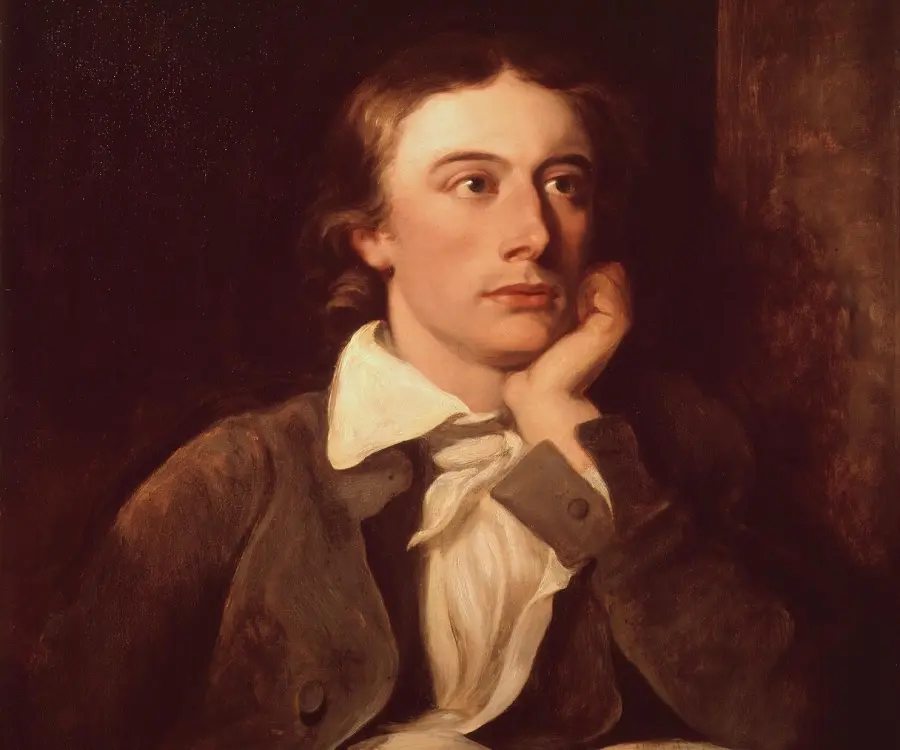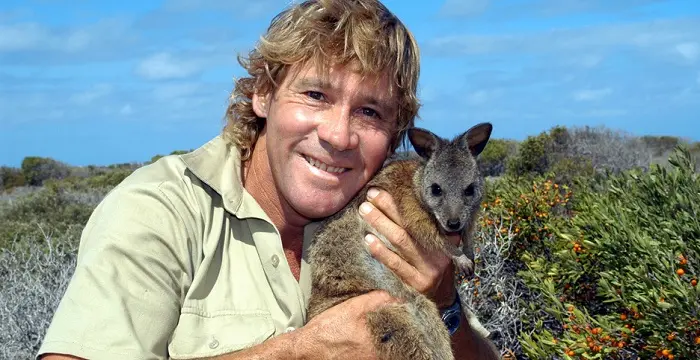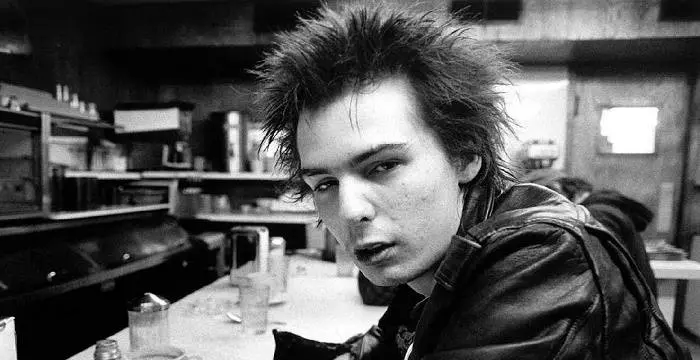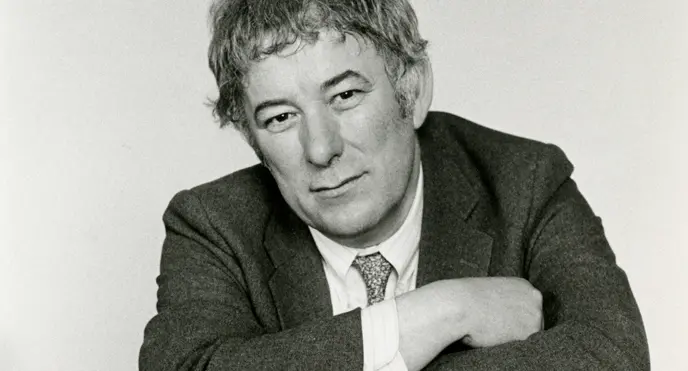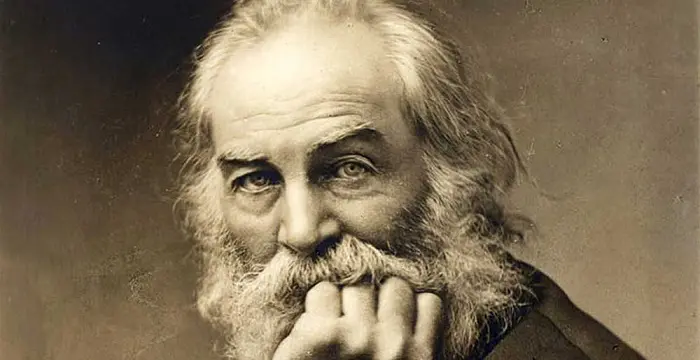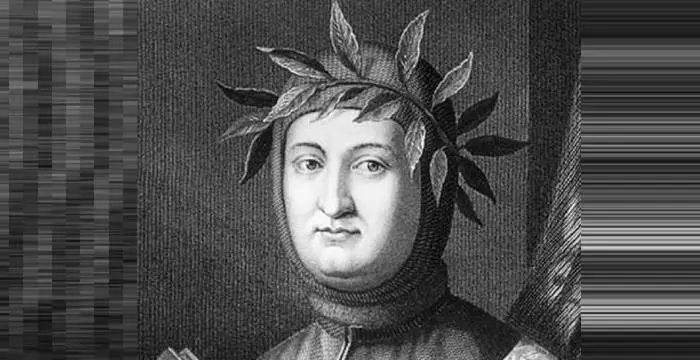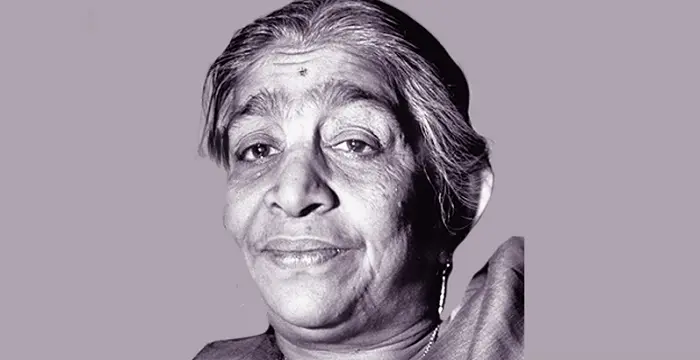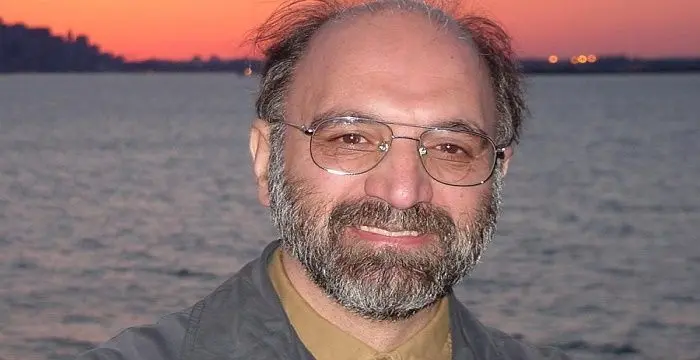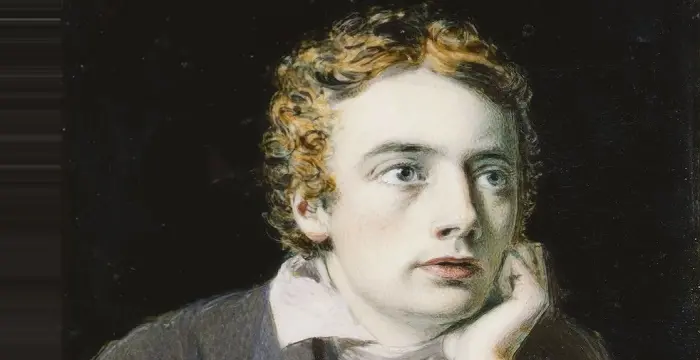
John Keats - Romantic Poet, Life Achievements and Childhood
John Keats's Personal Details
John Keats was one of the most loved romantic poets of English literature
| Information | Detail |
|---|---|
| Birthday | October 31, 1795 |
| Died on | February 23, 1821 |
| Nationality | British |
| Famous | Died Young, Writers, Poets, Romantic Poet |
| Siblings | Frances Mary, George (1797–1841), Thomas (1799–1818) |
| Universities |
|
| Cause of death |
|
| Birth Place | Moorgate |
| Epitaphs | This Grave contains all that was mortal, of a Young English Poet, who on his Death Bed, in the Bitterness of his heart, at the Malicious Power of his enemies, desired these words to be Engraven on his Tomb Stone: Here lies One Whose Name was writ in Water |
| Gender | Male |
| Father | Thomas |
| Mother | Frances Jennings Keats |
| Sun Sign | Scorpio |
| Born in | Moorgate |
| Famous as | Romantic poet |
| Died at Age | 25 |
// Famous Romantic Poet
William Cullen Bryant
William Cullen Bryant is best remembered as the romantic poet and editor of New York Evening Post. Explore this biography for further details on his childhood, life, works and timeline.
John Keats's photo
Who is John Keats?
‘Beauty is truth, truth beauty,—that is all Ye know on earth, and all ye need to know’ is one of the famous lines of the sonnet, ‘Ode to a Grecian Urn’, which discreetly depicts the greatness and grandeur of John Keats, one of the most influential figures of the second generation of Romantic poets. Such is the contribution of this greatly endowed poet that no discussion on Romantic English poets can be complete without the mention of him. Living up to only 25 years of age, John Keats nevertheless made a mark in the literary circle with his outstanding sense of verse, style and poetry by large. Such has been his influence that he has been compared to the likes of Lord Byron and Percy Bysshe Shelley, despite writing poetry seriously for just about six years and coming up with only four publications in his lifetime. His poetic apprenticeship and maturity in writing in such a short duration is one of the remarkable aspects of Keats's work. Today, Keats is one of the most studied and admired British poets. However, back in the early 19th century, when Keats was alive, his work was mostly criticized and not well received. It was only posthumously that Keats creative outbursts appealed to people which saw a vertical growth in his reputation. He was said to possess innate poetic sensibilities which assisted him in bringing forth sensual imagery to his work, that expressed a philosophy through classical legend. Over the years, the works of Keats have influenced many prolific poets and writers of the 19th and the 20th century.
// Famous Died Young
Selena
Selena Quintanilla-Pérez, famously known as the ‘Queen of Tejano music’, was a Mexican-American singer, composer, actress, spokesperson and fashion designer. This biography profiles her childhood, life, music career, achievements and timeline.
Steve Irwin
Steve Irwin was a famous Australian naturalist best known for his wildlife show ‘The Crocodile Hunter’. To know more about his childhood, career, profile and timeline read on
Sid Vicious
Sid Vicious was an English musician known for his work with the band ‘Sex Pistols’. Check out this biography to know about his childhood, family life, achievements and fun facts about him.
Childhood & Early Life
Born to Thomas and Frances Jennings Keats, John Keats was the eldest of the five children of the couple, one of whom died in infancy.
Baptized at St Botolph-without-Bishopsgate, Keats attained much of his primary education from a local dame school. Since his father worked as a livery stable-keeper, Keats had a very humble income to fall back upon.
Unable to afford Eton or Harrow, young Keats’ enrolled himself at the John Clarke's school in Enfield in 1803. Though the school was much smaller than and not as flamboyant as other larger, prestigious schools, it nevertheless had a liberal outlook and a progressive curriculum more modern than most others.
It was during his years at Clarke that Keats was exposed to classics and history, which he seemed to show a penchant for and which remained with him till the end of his life.
Meanwhile, Keats befriended Charles Cowden Clarke, his headmaster's son, who served as the mentor for him and introduced Keats to Renaissance literature, including Tasso, Spenser, and Chapman's translations.
A voracious reader that he was, Keats started channelizing his energy on reading and studying instead of giving in to the indolence and fighting due to his volatile character.
However, just as Keats educational life was going smoothly, his personal life faced a crisis as his father died due to skull fracture sustained by falling from his horse.
Keats, who was extremely close to his father, was shattered and heartbroken. The incident had a profound effect on his life afterward and shaped his understanding of human condition.
The death of his father led to financial insecurity. His mother, Frances remarried, leaving her sons under the care and responsibility of her mother. However, the new alliance did not work out for her as she returned to her family. Keats mother left for the heavenly abode in 1810, after suffering from tuberculosis.
True Calling
Keats left Clarke’s school and found himself an employment with Thomas Hammond, a surgeon and apothecary, as an apprentice. Upon completing his apprenticeship, he eventually studied medicine at a London hospital.
Within a month, Keats started assisting surgeons in operation. He had a distinctive aptitude for medicine which led everyone, including his family and himself, to believe that he would became a doctor one fine day. The long training brought with it greater responsibility and bigger workload for Keats
Destiny seemed to have other plans for Keats, who was uncertain about his career in medicine and seemed to be more and more fascinated and devoted to literature and arts. He wrote his first ever poem in 1814, titled ‘An Imitation to Spenser’, after being inspired from fellow poets, Leigh Hunt and Lord Byron.
Unwillingly, Keats continued his studies and eventually received his apothecary license in 1816, which made him eligible to practice as an apothecary, physician and surgeon. However, adhering to the voice of his heart and following his true calling, he resolved to be a poet and not a surgeon.
Keats continued his training at Hospital but devoted most of his time in the study of literature. He started experimenting with verse forms, particularly that of sonnets.
Start of an Era
It was in 1816 that Leigh Hunt agreed to publish Keats work, ‘O Solitude’, which was a sonnet, in his magazine, ‘The Examiner’. This marked Keats entry into the world of literature as it was the first ever work of Keats to be published. In the following years, Hunt played an influential role in the life of Keats and directed the latter’s course of writing.
Impressed by the success of his first ever literary work, Keats was inspired to write. To take forward his ambition and true calling, Keats started penning ‘Calidore’, while he was holidaying with Clarke on the seaside town of Margate.
October 1816 witnessed the publication of the first volume of Keats's verse, Poems. Though the book met with little critical success, Keats was unwilling to cede to the failure and started working on his next volume.
It was during this time that Keats befriended Woodhouse who recognized the potential of Keats as a poet and writer. He advised Keats on legal and literary matters and remained one of the confidantes of the latter till the end.
Keats next work was an essay titled, ‘Three Young Poets’ and sonnet ‘On First Looking into Chapman’s Homer’. Published by Hunt, the work opened the doors of the literary giants for Keats, who was introduced to the who’s who of the literary world, including Thomas Barnes (Times editor), Charles Lamb (writer), Vincent Novello (conductor), John Hamilton Reynolds (poet) and William Hazlitt, a powerful literary figure.
This can also be marked as the turning point in the life of Keats who established himself as a key figure in the literary circles. Keats turned to writing and gave up his medicinal career completely.
Leaving hospital, Keats relocated to Hampstead where he lived next to Hunt and Coleridge. It was during this time that Keats’ next came up with ‘Endymion’, a four-thousand line allegorical poem based on the Greek myth of the same name. Dedicated to Thomas Chatterton, the mammoth poem failed to strike a chord with the critics who blatantly rebuked Keats style and poetry.
Two of the most influential critical magazines, Quarterly Review and Blackwood's Magazine, attacked Keats severely as they attacked Hunt and his literary circle too, calling them, ‘the Cockney school of poetry’. They even suggested Keats to give up poetry for good.
The criticism led Keats to re-examine the role of poetry in the society. During this time, Keats started formulating a theory behind the famous doctrine, ‘Negative Capability’.
In the summer of 1818, Keats embarked on a walking tour to North England and Scotland finally settling at the Wentworth Place, where he attended to the ailing health of his brother Tom, who had contracted tuberculosis.
Keats’ stay at Wentworth Place proved to be annus mirabilis as he was deeply inspired by the lectures of Hazlitt on English poets. Also, it was during this time that he met Wordsworth.
Keats came up with his first Shakespearean sonnet, ‘When I have Fears that I may Cease to be’. Next he came up with ‘Isabella’, which depicted a story of a woman who falls in love with a man who is beneath her social standing than the one chosen by her family.
Other works of Keats released during this time include: ‘To Autumn’, ‘The Eve of St. Agnes’, ‘La Belle Dame sans Merci’, ‘Hyperion’, ‘Lamia’ and ‘Otho’. While ‘Hyperion’ dealt with the story of the Titans’ despondency after their losses to the Olympians, ‘To Autumn’ explained the ripening of the fruit and the ambience of sleepy workers and maturing sun.
Much of Keats’ greatest works were released during April and May of 1819; these include: ‘Ode to Psyche’, ‘Ode to a Nightingale’, ‘Ode on a Grecian Urn’ and ‘Ode on Melancholy’.
Personal Life & Legacy
Keats was supposedly into a relationship with Isabella Jones, who he drew inspiration from for many of his works. A talented and beautiful female, he first met her while holidaying in the village of Bo Peep, near Hastings.
In 1818, while nursing his younger brother Tom, Keats first met Fanny Brawne. The two developed an intimacy towards each other, which resulted in Brawne shifting to the other half of Dilke's Wentworth Place in April of 1819.
The two started spending considerable time together. It is also argued that Keats gave Fanny Brawne a love sonnet, ‘Bright Star’, which was half done as a declaration of his love to her.
Though the two went into some sort of an understanding, it was far from being a formal engagement as Keats had nothing much to offer Brawne in terms of security and prospects.
Tuberculosis, which had become a family disease, struck Keats too, who was advised to move to a place of a warmer climate. In 1820, he displayed increasingly serious symptoms of tuberculosis, suffering two lung haemorrhages. He lost too much of blood.
Upon reaching Rome in November 1820, he moved into a villa on the Spanish Steps. His health depleted rapidly and deteriorating further by 1821, so much so that he cried after waking up to find himself alive.
Keats breathed his last on February 23, 1821. He was buried in the Protestant Cemetery, Rome. His tombstone bears no name or date, only the words, ‘Here lies One whose Name was writ in Water’, as per his last wish.
About seven weeks after his death, Keats was memorialized by Shelley in his poem, ‘Adonais’. Furthermore, his house at Wentworth Palace and Rome were turned into memorials.
Several of Keats letters, manuscripts, and other papers have been archived at the Houghton Library at Harvard University. Many others are present at British Library, Keats House, Hampstead, the Keats-Shelley Memorial House in Rome and the Pierpont Morgan Library in New York.
In commemoration of Keats, the Royal Society of Arts unveiled a blue plaque in 1896 at Keats House.
Since 1998, the British Keats-Shelley Memorial Association have annually awarded a prize for romantic poetry
Trivia
The film ‘Bright Star’ released in 2009, written and directed by Jane Campion, focuses on the relationship of this endowed poet with Fanny Brawne.
One of the principal poets of the English Romantic movement, much of his popularity was for his written verses of the odes, including ‘Ode to Psyche’, ‘Ode to a Nightingale’, ‘Ode on a Grecian Urn’ and ‘Ode on Melancholy’.
// Famous Writers
Joyce Meyer
Joyce Meyer is a Christian author and speaker. This biography provides detailed information about her childhood, life, achievements, works & timeline
Temple Grandin
Temple Grandin is a well-known American writer, autistic activist and animal expert. This biography profiles her childhood, life, achievements, career and timeline
Tennessee Williams
Tennessee Williams was one of the greatest playwrights of the 20th century. This biography of Tennessee Williams provides detailed information about his childhood, life, achievements, works and timeline.
John Keats biography timelines
- // 31st Oct 1795Born to Thomas and Frances Jennings Keats, John Keats was the eldest of the five children of the couple, one of whom died in infancy.
- // 1803Unable to afford Eton or Harrow, young Keats’ enrolled himself at the John Clarke's school in Enfield in 1803. Though the school was much smaller than and not as flamboyant as other larger, prestigious schools, it nevertheless had a liberal outlook and a progressive curriculum more modern than most others.
- // 1810The death of his father led to financial insecurity. His mother, Frances remarried, leaving her sons under the care and responsibility of her mother. However, the new alliance did not work out for her as she returned to her family. Keats mother left for the heavenly abode in 1810, after suffering from tuberculosis.
- // 1814Destiny seemed to have other plans for Keats, who was uncertain about his career in medicine and seemed to be more and more fascinated and devoted to literature and arts. He wrote his first ever poem in 1814, titled ‘An Imitation to Spenser’, after being inspired from fellow poets, Leigh Hunt and Lord Byron.
- // 1816Unwillingly, Keats continued his studies and eventually received his apothecary license in 1816, which made him eligible to practice as an apothecary, physician and surgeon. However, adhering to the voice of his heart and following his true calling, he resolved to be a poet and not a surgeon.
- // 1816It was in 1816 that Leigh Hunt agreed to publish Keats work, ‘O Solitude’, which was a sonnet, in his magazine, ‘The Examiner’. This marked Keats entry into the world of literature as it was the first ever work of Keats to be published. In the following years, Hunt played an influential role in the life of Keats and directed the latter’s course of writing.
- // 1816October 1816 witnessed the publication of the first volume of Keats's verse, Poems. Though the book met with little critical success, Keats was unwilling to cede to the failure and started working on his next volume.
- // 1818In the summer of 1818, Keats embarked on a walking tour to North England and Scotland finally settling at the Wentworth Place, where he attended to the ailing health of his brother Tom, who had contracted tuberculosis.
- // 1819Much of Keats’ greatest works were released during April and May of 1819; these include: ‘Ode to Psyche’, ‘Ode to a Nightingale’, ‘Ode on a Grecian Urn’ and ‘Ode on Melancholy’.
- // 1820Tuberculosis, which had become a family disease, struck Keats too, who was advised to move to a place of a warmer climate. In 1820, he displayed increasingly serious symptoms of tuberculosis, suffering two lung haemorrhages. He lost too much of blood.
- // 23rd Feb 1821Keats breathed his last on February 23, 1821. He was buried in the Protestant Cemetery, Rome. His tombstone bears no name or date, only the words, ‘Here lies One whose Name was writ in Water’, as per his last wish.
// Famous Poets
Charles Bukowski
Charles Bukowski was a German-born American novelist, short story writer and poet. With this biography, learn in details about his childhood, life, works, career and timeline
Seamus Heaney
Nobel Laureate Seamus Heaney was an Irish poet, playwright and translator. Know about his profile, childhood, life and timeline in the biography below.
Walt Whitman
Walt Whitman was an American poet, journalist and humanist. Read this brief biography to find more on his life & timeline.
Francesco Petrarch
Fêted as the “Father of Humanism”, Francesco Petrarch is one of the most influential literary figures the world has ever had. Explore this biography to know about his childhood, life and timeline.
Sarojini Naidu
Sarojini Naidu was an Indian freedom fighter and poet. Read this brief biography to find more on her life.
Abdolkarim Soroush
Abdolkarim Soroush is a reformer, thinker, and Rumi scholar belonging to Iran. Soroush is also a prominent figure in Iran’s religious movement. This biography provides detailed information about her childhood, life, achievements, works & timeline.
John Keats's FAQ
What is John Keats birthday?
John Keats was born at 1795-10-31
When was John Keats died?
John Keats was died at 1821-02-23
Where was John Keats died?
John Keats was died in Rome
Which age was John Keats died?
John Keats was died at age 25
Where is John Keats's birth place?
John Keats was born in Moorgate
What is John Keats nationalities?
John Keats's nationalities is British
Who is John Keats siblings?
John Keats's siblings is Frances Mary, George (1797–1841), Thomas (1799–1818)
What was John Keats universities?
John Keats studied at King's College London
What is John Keats's cause of dead?
John Keats dead because of Tuberculosis
Who is John Keats's father?
John Keats's father is Thomas
Who is John Keats's mother?
John Keats's mother is Frances Jennings Keats
What is John Keats's sun sign?
John Keats is Scorpio
How famous is John Keats?
John Keats is famouse as Romantic poet
